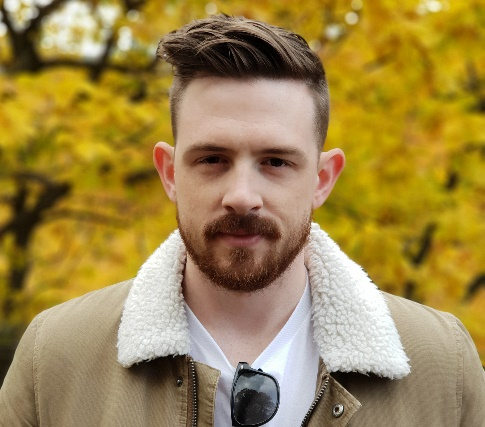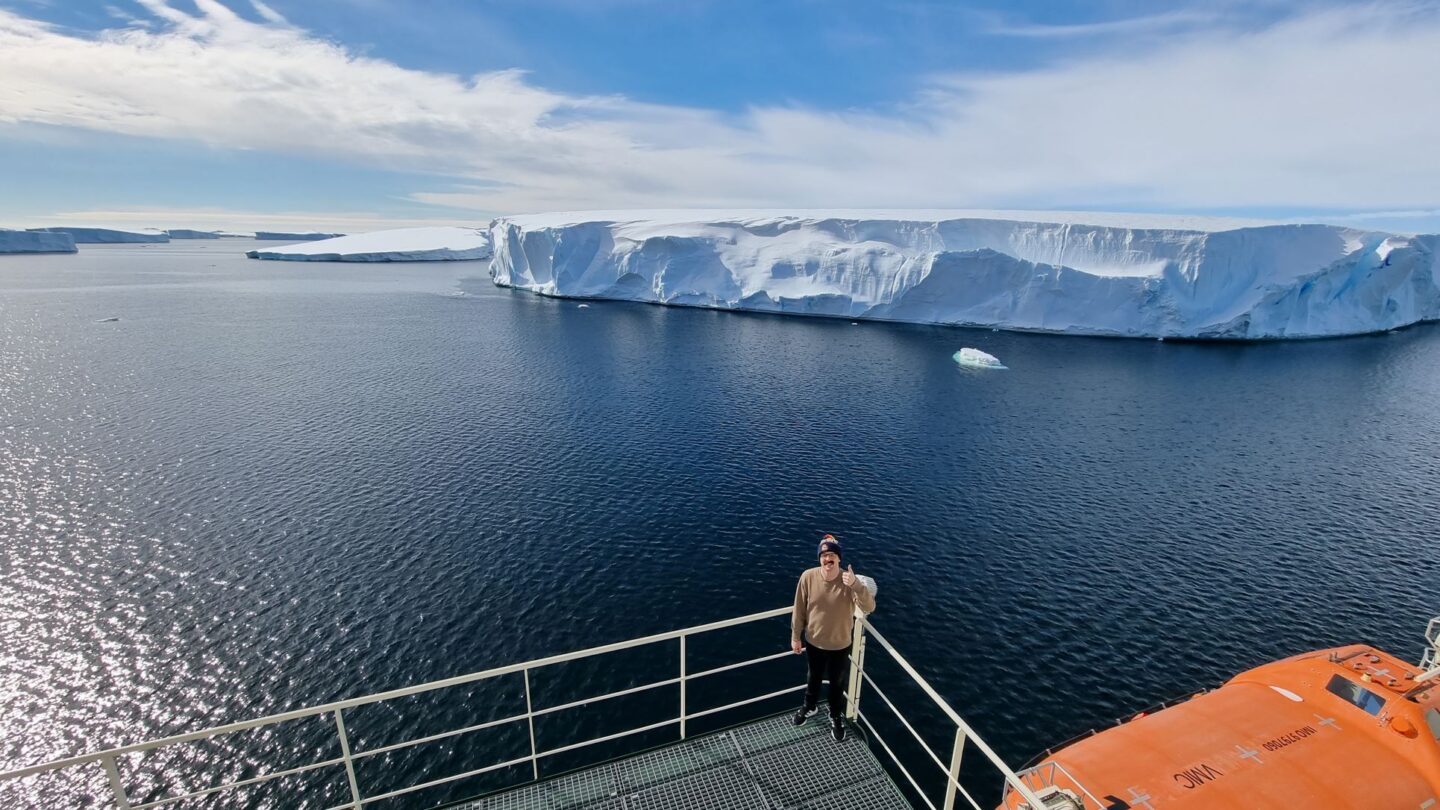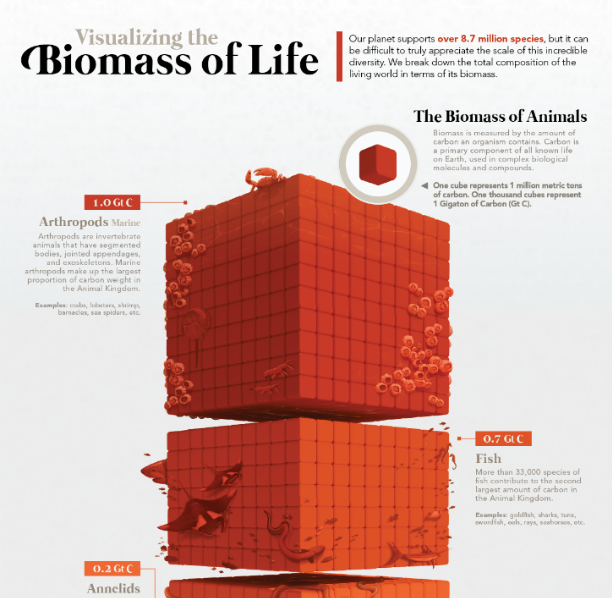March 22, 2023
ISTA welcomes first journalists in residence
New program initiated by ISTA promotes excellent science journalism
High-quality science journalism is essential to inform and engage the public with science and research. However, young reporters often lack the resources and opportunity to work directly with scientists. The Institute of Science and Technology Austria (ISTA) aims to provide exactly that with a residency program for talented science journalists. Following its inaugural call, long-form reporter Jackson W. Ryan and scientific illustrator Mark Belan will join the campus community for several months in spring 2023.


The first of many. Jackson W. Ryan (left) and Mark Belan (right), two outstanding journalists with entirely different reporting styles, will spend their residencies working closely with scientists from a variety of disciplines. L: © Jackson W. Ryan, R: © Mark Belan
Understanding of and trust in science and scientists are dangerously low, and initial studies suggest that a general lack of interest in science is even more of a problem than skepticism in Austria. A key partner in alleviating this mistrust, clearing up misunderstandings, and building up enthusiasm for science must be the media in general and science journalists in particular. However, these journalists need access to the information as well as the resources to work independently and give full flight to their curiosity and creativity. To work towards these goals and promote excellent science journalism, ISTA initiated a program to host journalists for two-to-four-month residencies on campus. After numerous interviews from candidates around the world, the Institute has invited two young journalists to the research campus in Klosterneuburg.
Jackson W. Ryan: Diving deep—and pulling the reader along
“The kind of science journalism that is most impactful to me is created by being around scientists in their day-to-day work, and understanding their motivations and inspiration,” says science journalist Jackson W. Ryan. The residency program offers him an opportunity to work closely with scientists and capture these insights in stories that Ryan hopes will “change perceptions, inspire awe, and improve science media literacy.” A specialist in long-form journalism, Ryan’s stories dive deep into a topic and connect readers to scientists, while also conveying the importance and uncertainty of the scientific process. Currently the science editor at CNET.com, Ryan completed a PhD with a focus on bone biology before following his passion to explore science as a journalist. He has since received multiple awards for his work. Already on campus, Ryan will be at the Institute until mid-May.

Mark Belan: A picture is worth a thousand words
Mark Belan is a scientific illustrator based in Canada and the second journalist to join the residency program at ISTA. He sees visuals as a key way to engage the public with science and technology. Belan has two master’s degrees, one in geochemistry and astrobiology, the other in biomedical communications. Despite this scientific background, “I am a member of the general public when I approach a topic I am unfamiliar with,” Belan explains. “My work is inspired by my own learning experience and what that could look like visually for new learners.” Guided strictly by data and science, Belan uses his visuals to nurture an appreciation for and understanding of science and research. The residency program offers not only a chance for Belan to collaborate closely with scientists, he is eager to explore the types of visual storytelling that emerge from exposure to the variety of scientific disciplines at the Institute. Belan’s residency begins today, March 22, and will end in late July.

Campus engagement
During their time at ISTA, the journalists will focus on research groups on campus, writing several articles each month in addition to pursuing their own work. Also as part of their residency, Ryan and Belan will bring topics of science communication, journalism, and literacy to the campus through workshops and presentations. These discussions will de-mystify the process of science journalism, as well as equip scientists to collaborate with the media and tell their own stories effectively.
ISTA President Martin Hetzer is enthusiastic about the program: “We are committed to promoting scientific communication and deepening the understanding of the positive impact of our research on society. The residency program is a great opportunity to engage in a dialogue between scientists and journalists to explore new ways of communicating ISTA’s groundbreaking research, enhancing public interest and support for the Institute and for science in general.” Florian Schlederer, Head of Communications and Events, adds: “With science journalism being cut from many media outlets worldwide, I am truly excited that we work to counter that at ISTA. A good story is a powerful way to inspire people about basic research. Another one is through art—thus, I’m proud to announce that ISTA will also welcome its first two artists in residence this year.”
The next call for the residency program will open in the fall of 2023.



